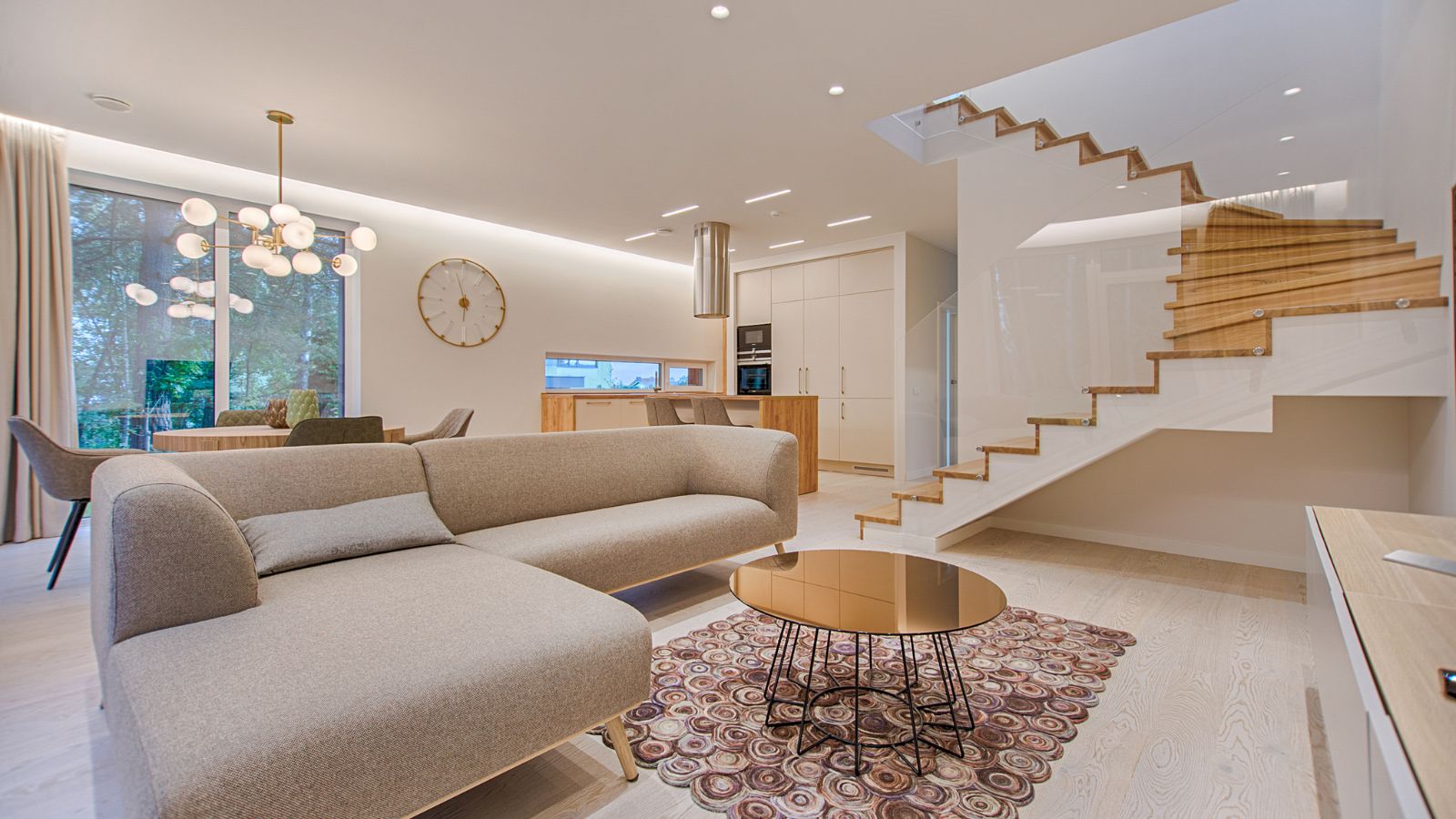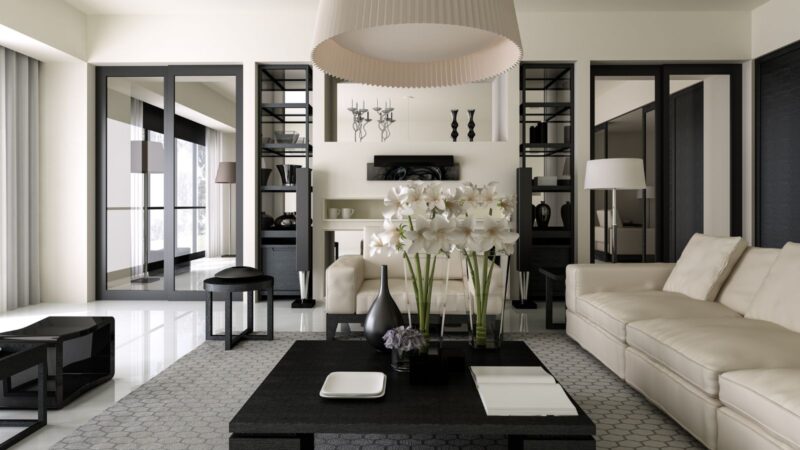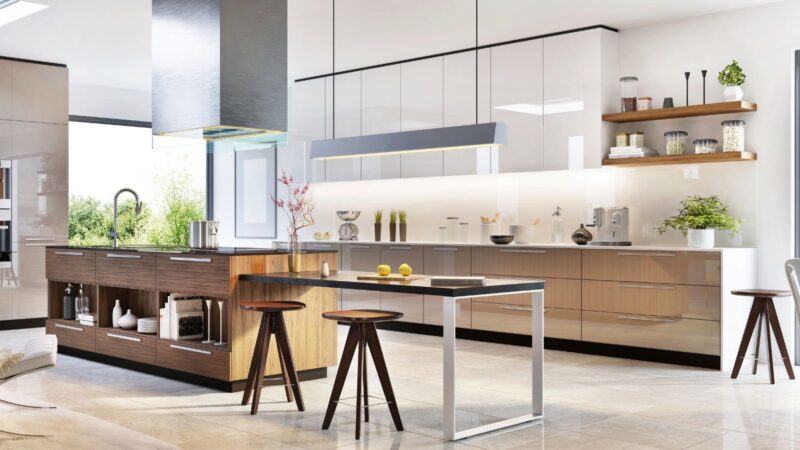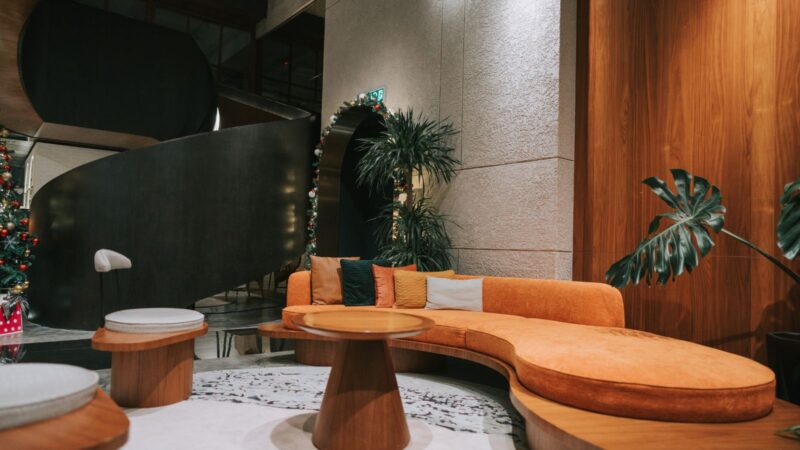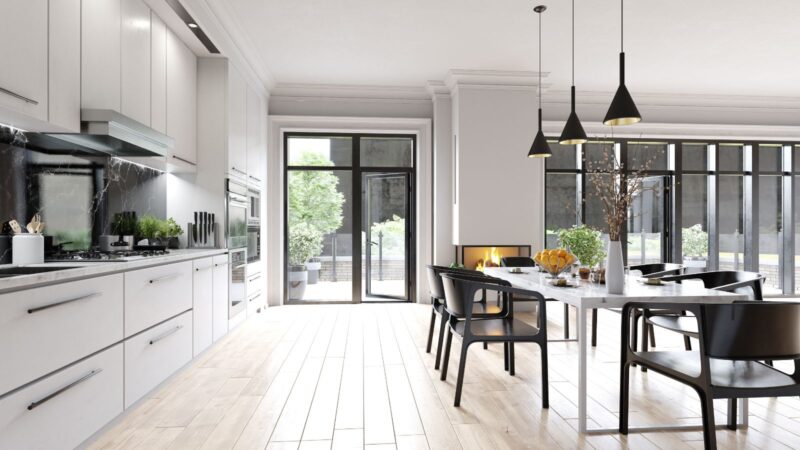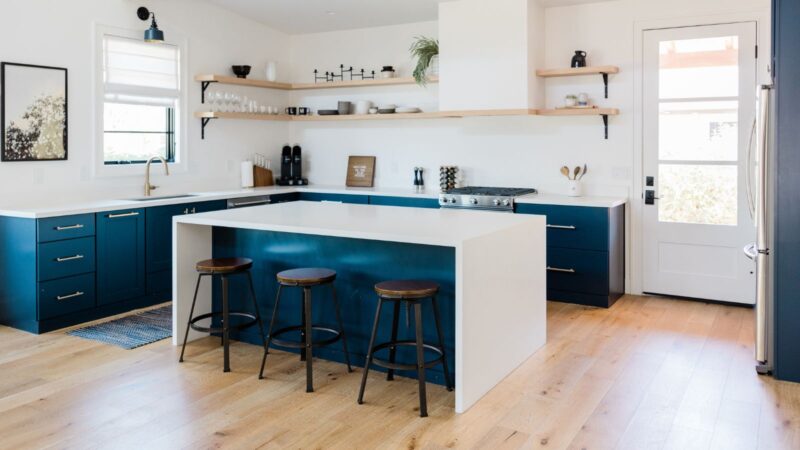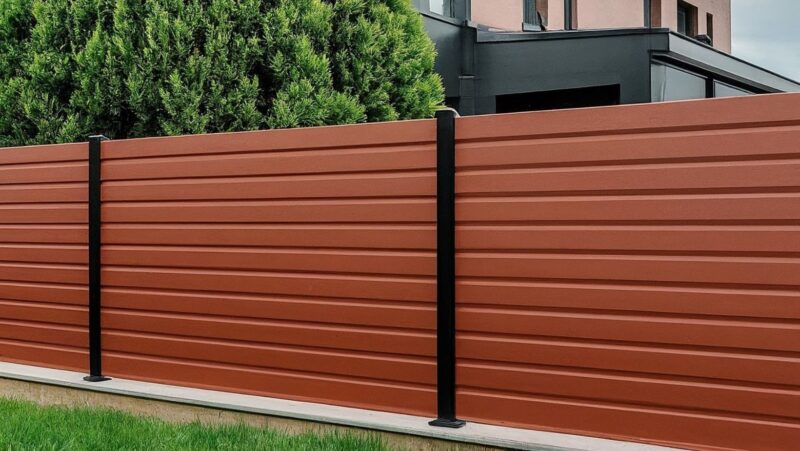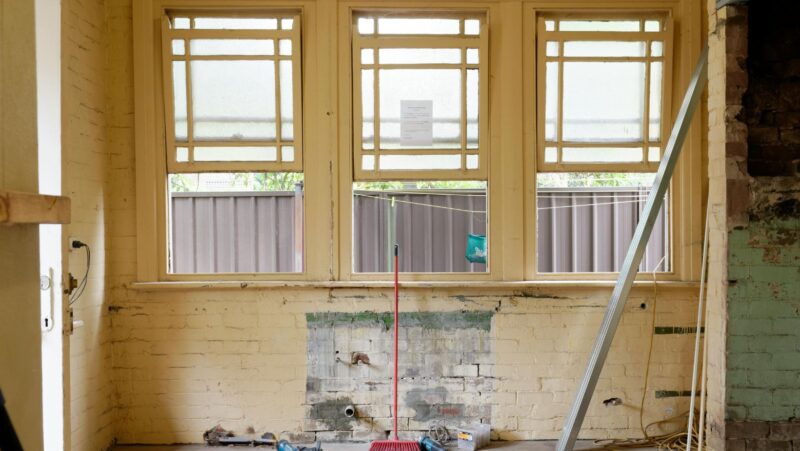Table of Contents
In the realm of aesthetics, Brutalist Interior Design has emerged as a trend that’s as bold as it is intriguing. This style, once confined to architecture, has seeped into our living spaces, challenging conventional norms of what makes a home beautiful.
Brutalism, with its raw, unadorned surfaces and heavy use of materials like concrete and steel, might not be everyone’s cup of tea. Yet, it’s gaining traction for its unique ability to create spaces that are both impactful and thought-provoking.
Brutalist Interior Design
Delving deeper into Brutalist Interior Design, one notes its origins in post-war Britain. This architectural movement took form in the mid-20th century, blossoming between the 1950s and 70s. Influential architects, such as Le Corbusier and Peter and Alison Smithson, championed the style, their designs weaving Brutalism’s core philosophy of honesty, functionality, and simplicity into the fabric of urban landscapes.
Illustrating Brutalist Interior Design’s core characteristics, you’ll find it’s not for the minimalist. The style embraces raw, unfinished materials, like exposed brick, concrete, and steel that are often left untreated. Floors often boast rugged timber or polished concrete, enhancing the tactile experience.
Elucidating the appeal of Brutalist Interior Design, it brings a sense of depth and weight to spaces, creating an aura of quiet drama. It isn’t about comforting aesthetics; instead, it brings the outside world inside. Brutalist décor challenges conventional visual norms, provoking thought and conversation with its stark, industrial design.
Examining reasons for Brutalist Interior Design’s surge in popularity, it’s largely due to cultural shifts towards more conceptually challenging aesthetics. People aren’t searching for mere comfort or utility in their living spaces anymore; they’re looking for design that reflects them, tells a story, even starts a dialogue.
Incorporating Brutalist Interior Design at Home
Homeowners, intrigued by the raw and evocative elements of Brutalist design, can incorporate this aesthetic into their living spaces in various ways. Though perceived as daunting, implementing Brutalist aesthetics in home décor may involve embracing industrial materials, architectural furniture, or a raw color palette, among other elements.
First, draw inspiration from industrial materials. Brutalism finds expression in honesty via materials like concrete, steel, and glass. For instance, homeowners can feature exposed concrete walls or steel beam accents in their interiors.
Second, consider introducing architectural furniture into your space. Such pieces often feature heavy, sculpted forms and rugged textures, like a concrete dining table or steel-frame bed.
Third, don’t shy away from a raw, earth-toned color palette. Contrary to popular belief, Brutalist design isn’t confined to gray concrete. It embraces different shades of brown, green, or blue that nod to nature and earth. A critical point here includes avoiding glaringly bright colors, as they might detract from the raw simplicity Brutalism seeks to achieve.
Fourth, accentuate with Brutalist artwork. This approach steers clear of softer, abstract pieces, offering instead sculptures and prints that convey a sense of severity and power. Such artworks offer compelling focal points that amplify the Brutalist aesthetic.
Lastly, remember the essence of Brutalist design is its undecorated honesty. Therefore, incorporating it into a living space must include an openness to the raw, the unfinished and the bold. It’s an exploration of form, balance, and material in its purest sense. Thus, every element added to the living space adheres to this stripped-back ethos, magnifying the magnificence of Brutalist design.
In essence, the inclusion of Brutalist design elements fosters a captivating dialogue between architecture, space, and humanity. It allows homeowners to navigate thought-provoking boundaries of aesthetics, draping their dwelling in a modernistic shell of urbanity and raw sophistication.
Pros and Cons of Brutalist Interior Design
Brutalist Interior Design offers numerous advantages along with particular potential disadvantages, candidly shaping the way individuals perceive and experience the living space.
First, the pros surface in its artistic individuality. Brutalist design’s raw, stripped-back aesthetic, as characterized by architects like Le Corbusier, stands stark against conventional design norms — a fact these designers take pride in. Architects cherish materials like concrete and steel, using their stark, rugged textures to bulldoze through the boundaries of traditional expectations of beauty.
Additionally, the Brutalist focus on functionality over ornamental design can drive substantial practical benefits. For instance, Brutalist architectural furniture minimizes unnecessary elements, focusing on the utility that each piece brings, such as a steel coffee table with minimal yet practical design.
However, despite these advantages, critics have voiced concerns about Brutalist design. Mainly, its stark industrial materials and bare, monochromatic palette can feel cold and uncongenial, often perceived as unwelcoming or overly severe. This design isn’t always the best fit for individuals who prefer a soft, cozy, and lived-in style.
Then, there’s the risk of overdoing it. While Brutalist pieces can make stunning focal points, incorporating too many can overwhelm a space, taking it from artistic boldness to oppressive starkness. A room with a Brutalist chandelier, coffee table, artwork, and wall finish may risk closing in on itself, pushing away the unadorned simplicity and balance this style can offer when used thoughtfully.
Lastly, Brutalist Interior Design isn’t particularly flexible or malleable according to specific preferences. It’s a distinct and dominating style that doesn’t blend easily with others, such as the light, airy aesthetic of Scandinavian design or the warmth of rustic design.
Brutalist Interior Design brings an uncompromising and dynamic design approach—boldly authentic, grounded, and functional. While some may appreciate its austere beauty and architecturally dominant features, others may find it excessively stark and rigidly monolithic. Ultimately, it’s a stylistic choice that demands a keen understanding of aesthetic tastes and home space capabilities.

